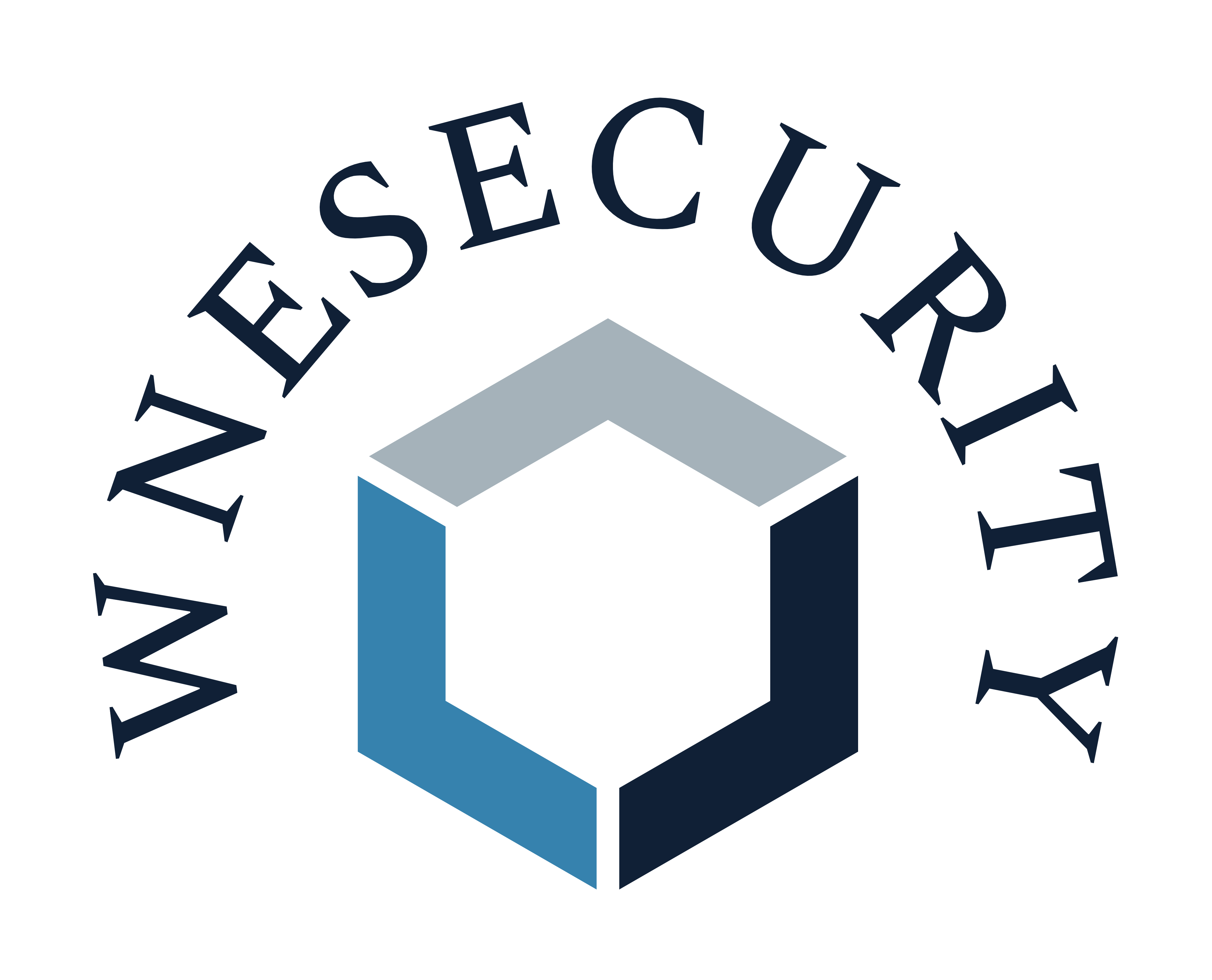WNE Security News
Read more about “Best Forensic Data Recovery Software” and the most important cybersecurity news to stay up to date with
Best Forensic Data Recovery Software

WNE Security Publisher
1/6/2025

Learn about Best Forensic Data Recovery Software and other new best practices and newly exploited vulnerabilities by subscribing to our newsletter.
Best Forensic Data Recovery Software: Comprehensive Guide
In today’s digital world, data plays a critical role across various industries. Whether it’s for business continuity, legal investigations, or personal use, the ability to recover lost, corrupted, or deleted data is paramount. Forensic data recovery software serves as a specialized toolset designed to retrieve data while maintaining its integrity for legal or investigative purposes. This article delves deep into the best forensic data recovery software solutions available, their features, use cases, and how to choose the right tool for your needs.
What is Forensic Data Recovery Software?
Forensic data recovery software is a class of tools designed not only to recover lost data but also to do so in a manner that ensures its admissibility in legal contexts. Unlike traditional data recovery software, forensic tools are equipped with features that provide:
- Metadata Preservation: Ensuring timestamps, file paths, and other metadata are intact.
- Read-Only Operations: Preventing modifications to the source drive during recovery.
- Chain of Custody Tracking: Maintaining a clear record of how the data was handled to ensure credibility in court.
- Advanced File Carving: Extracting files without relying on the filesystem.
- Encrypted and Hidden Data Recovery: Accessing data from encrypted partitions or hidden sectors.
These tools are indispensable for investigators, IT security professionals, and legal teams working on cases of data breaches, fraud, or cybercrimes.
Top 7 Best Forensic Data Recovery Software Solutions
Below is a comprehensive look at the leading forensic data recovery tools in the industry, their features, and what sets them apart.
1. Magnet AXIOM
Magnet AXIOM is one of the most trusted tools in forensic investigations. It offers advanced capabilities for recovering and analyzing data from computers, mobile devices, cloud services, and IoT devices.
- Key Features:
- Supports data recovery from damaged or formatted drives.
- Comprehensive analysis of internet activity, including browser history and social media activity.
- Cloud artifact recovery for platforms like Google Drive and OneDrive.
- Metadata preservation for legal admissibility.
- Best For: Law enforcement agencies and corporate investigations.
- Platforms Supported: Windows.
2. EnCase Forensic
EnCase Forensic by OpenText is a go-to tool for digital forensics professionals. It is widely used for recovering and analyzing data while maintaining strict compliance with forensic standards.
- Key Features:
- File carving and recovery from deleted or damaged storage.
- Powerful keyword search capabilities for evidence discovery.
- Integrated with chain-of-custody tracking features.
- Encrypted drive recovery and password cracking support.
- Best For: Legal cases requiring comprehensive data analysis.
- Platforms Supported: Windows.
3. ProDiscover Forensic
ProDiscover Forensic focuses on secure data recovery and evidence preservation. It is widely adopted in legal scenarios where maintaining data integrity is critical.
- Key Features:
- Recovery from NTFS, FAT, and other file systems.
- Captures and analyzes network activity.
- Generates court-admissible reports.
- Disc imaging and verification capabilities.
- Best For: Forensic experts handling civil and criminal investigations.
- Platforms Supported: Windows.
4. R-Studio
R-Studio combines data recovery with forensic capabilities. Its powerful recovery algorithms make it a versatile tool for IT professionals and forensic investigators.
- Key Features:
- Recovery from damaged or corrupted file systems, including HFS+, Ext, and APFS.
- Support for RAID recovery and virtual drive reconstruction.
- Hexadecimal editor for advanced data analysis.
- Cross-platform compatibility.
- Best For: Cross-platform recovery needs in forensic investigations.
- Platforms Supported: Windows, macOS, Linux.
5. FTK (Forensic Toolkit)
FTK by AccessData is another industry-standard forensic software widely used by law enforcement, corporate security teams, and legal investigators.
- Key Features:
- Full-disk recovery and keyword searching.
- Email and database recovery capabilities.
- Memory dump analysis to detect malicious processes.
- Integrated case management for multi-user teams.
- Best For: Large-scale investigations with collaboration requirements.
- Platforms Supported: Windows.
6. Autopsy
Autopsy is an open-source forensic tool that is widely popular for its robust capabilities and zero cost. It offers many features typically found in paid software.
- Key Features:
- File carving and metadata extraction.
- Timeline analysis for tracking user activity.
- Extensible with modules for additional functionality.
- Integrated keyword search and hashing for file identification.
- Best For: Small-scale investigations and academic use.
- Platforms Supported: Windows, macOS, Linux.
7. X-Ways Forensics
X-Ways Forensics is known for its speed and efficiency. It provides a comprehensive set of tools for data recovery and analysis.
- Key Features:
- Low-level data recovery from drives with bad sectors.
- Comprehensive reporting tools for legal use.
- Supports over 100 file formats for recovery and analysis.
- RAM imaging and analysis.
- Best For: Advanced users needing lightweight yet powerful software.
- Platforms Supported: Windows.
How to Choose the Best Forensic Data Recovery Software
Selecting the right software depends on your specific use case and technical requirements. Consider the following factors:
-
Type of Data to Recover: Determine whether you need to recover files from traditional storage devices, mobile devices, cloud services, or encrypted drives.
-
Level of Expertise: Tools like Magnet AXIOM and EnCase are highly sophisticated and suited for professionals, while Autopsy is more user-friendly for beginners.
-
Legal Compliance: Ensure the tool meets legal standards for admissibility, such as chain-of-custody tracking and metadata preservation.
-
Budget: Commercial solutions like EnCase or FTK can be expensive, whereas open-source options like Autopsy provide robust functionality for free.
-
Supported Platforms: Verify that the software supports the operating systems and file systems relevant to your use case.
-
Scalability: For large organizations, choose tools that allow multi-user collaboration and case management.
Forensic data recovery software is essential for preserving, recovering, and analyzing data in a secure and legally defensible manner. Tools like Magnet AXIOM, EnCase Forensic, and FTK are industry standards, offering advanced features for professional investigations. Meanwhile, open-source options like Autopsy provide excellent capabilities for those on a budget.
When choosing the best forensic data recovery software, consider your specific needs, the type of data you’re handling, and the legal requirements of your jurisdiction. By selecting the right tool, you can ensure that your forensic investigations are thorough, efficient, and legally defensible.
Learn more about WNE Security products and services that can help keep you cyber safe.
Learn about Best Forensic Data Recovery Software and other new best practices and newly exploited vulnerabilities by subscribing to our newsletter.
Subscribe to WNE Security’s newsletter for the latest cybersecurity best practices, 0-days, and breaking news. Or learn more about “Best Forensic Data Recovery Software” by clicking the links below



